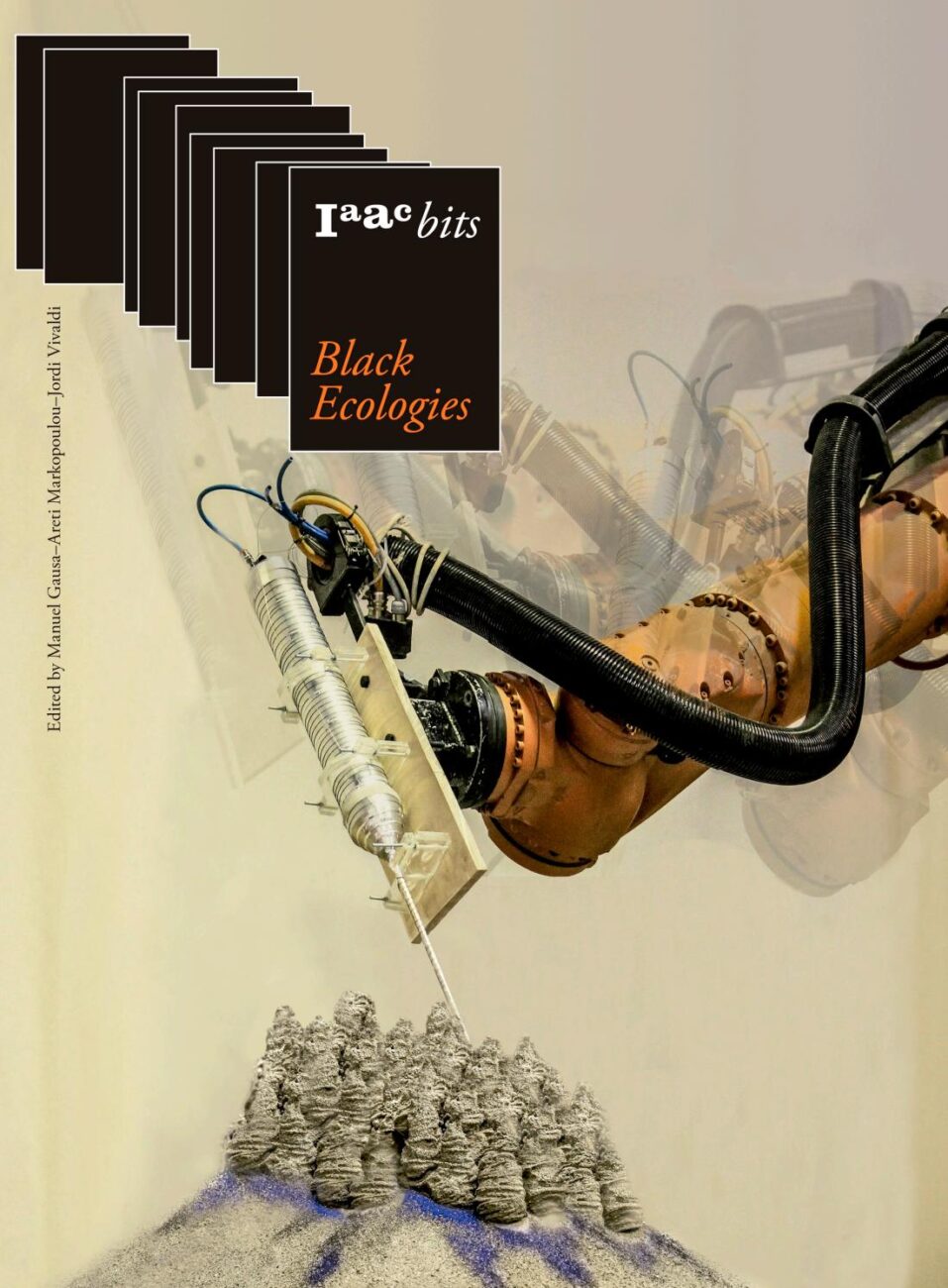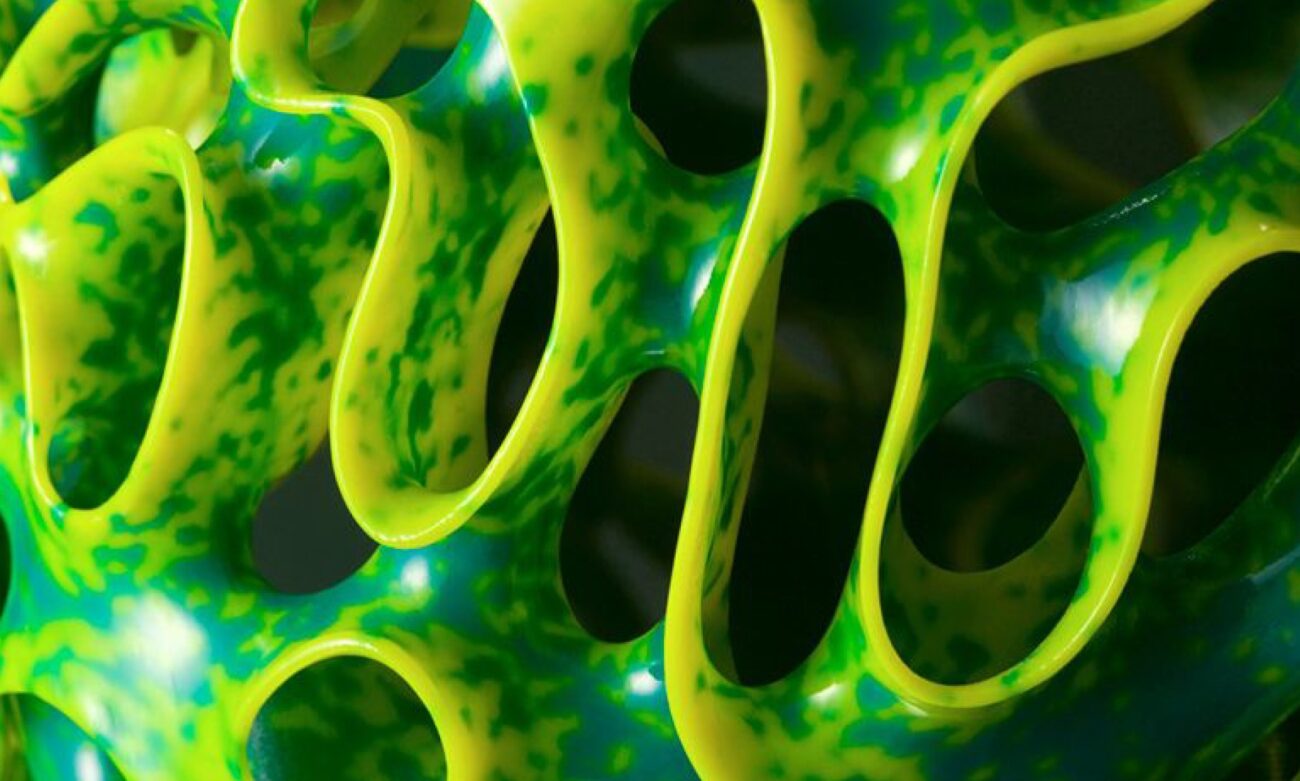Edited by Manuel Gausa, Areti Markopoulou, Jordi Vivaldi
[…]
Indeed, the propagation of artificial intelligence and the multi-scalar robotization of the organic establishes, in addition to a change of medium, a change of condition: its algorithmic power does not merely offer itself as an automatic pilot for daily life, but it also triggers a radical transformation of our human nature, setting up a perennial and universal intertwining in between bodies and information. In this sense, the multidisciplinar generalisation of machine learning, the progress in genetic engineering or the robotization of the mundane no longer refer to a humanity that is merely improved or enriched, but to a humanity that is intertwined: it is unfolded through a physiological platform that is woven by algorithmic, organic robotic and ecologic agents whose symbiosis is not metaphorical or narrative, but strictly performative. Antrobology points to an age that is characterized by the intimate and profound hybridization of the human being with its “others”: they are no longer constituted as environments or external devices that are occasionally available to the human being, but as informational inner dimensions whose performance is no longer completely under human control. It is precisely under this scenario that “artificial extelligence” becomes “artificial intelligence”: through an exercise of “in-corporation” that is fundamental, the intelligence, the eidos, what has traditionally been understood as form, is no longer an external entity that articulates matter from outside. Instead, it replaces matter by operating as an integrative, digital, interior and molecular structure that performs at every level of scale and that prevents us from understanding where exactly we can identify this raw, passive and formless matter.
This plural understanding of the subject established by the Allonomous Condition has not only transformed our approach to human and non-human beings; it also suggests a renewed understanding of the concept of nature in which the idea of “original matter” is also problematic. In that sense, nature is no longer associated with the Green Ecology characteristic of the turn of the century; rather, it emerges as part of a conglomerate that has been defined with the expression “Black Ecologies”. This new ecological understanding is no longer the response to a natural crisis. It is not meant to offer salvation from an apocalyptic dystopia or to redeem the excesses of modern man. Neither does it offer the nostalgic protection of a virgin nature: it does not yearn for a green planet or exalt sustainability as a technocratic elixir. The notion of Black Ecologies is the accelerated reaction to an ontological crisis: that of naturalism, of positivism, of relativism. It stages resistance to a hierarchical understanding of the world that still operates based on a 1000-year-old dichotomy: the confrontation between nature and artifice as irreconcilable opposites.
In the wake of thinkers like Timothy Morton, Slavoj Žižek or Bruno Latour, the idea of Black Ecologies not only challenges the boundaries between life and non-life, organic and inorganic, human and inhuman but offers, above all, a revised narrative. Leaving behind the contemplative, harmonic, cyclical and normative Mother Nature that Semper, Ruskin and Viollet le Duc were idealizing in order to emphasize matter through its truthfulness, a techno-natural continuum emerges in its place: operative, chaotic, unpredictable and manipulable, it performs as artifice rather than artifact. It does not function solely as a hyper-technological gadget but constructs a collective fiction: it renounces a secularized garden of Eden to speculate instead about a subject that has become “a nomad assembly in a shared life space that it does not control or own. S/he just occupies it, always in community with biological, technological and cultural others.”
In this scenario, Green Ecology is revealed as a new opium for the masses: a reactionary force that imposes an unquestionable authority, obstructs alternatives, identifies sins, applies punishments and, above all, defines moral values. In return, it offers a “promised land”: the return to an immaculate nature, purified through the domestication of a modern man whose excessive artificiality has transformed the planet into a denatured place.
The logic of Black Ecologies is just the opposite. Faced with a hyper-technified world, more technology. Faced with an inhuman world, more otherness. Faced with an alienated world, more emancipation. And, above all, faced with an adulterated world, more artifice. Biological agents, ecological agents, technological agents and cultural agents cooperate in a reality that is no longer constructed based on Promethean epics, relativist ironies or primitivist nostalgia, but accelerated hybrids: i.e., poly-plural constructs hurtling toward a post-capitalist world.
In the light of this narrative, Black Ecologies deploys architectural matter based not only on specificity, hyper-realism and processes, but above all based on heterogeneities, structures and pro-activity. it no longer takes shelter in abstraction, historicity or language, but is constituted as an informational and performative platform: operative, corrupt, rugged, disturbed and definitely dark. Under this scenario, the mysterious and the strange do not legitimate contemporary architectural matter through the original truthfulness of Ruskin or the metaphoric vitalism of Steiner, but through an informational performance that is more disturbing than it is salvific: it confirms that there is no longer an outside, that there can no longer be life stripped bare, that there is no longer a pure and transcendent nature to which we can always return. The promiscuous matter of Black Ecologies is revealed as an accelerated and accelerative substance in an increasingly artificialized society, which assumes that the future is a better guide for the present than the past.
Rosi Braidotti, Lo posthumano (Barcelona: Geidsa Editorial, 2015), p. 229.
Avanessian Reis, “Introducción” in Aceleracionismo (Buenos Aires: Ed. Caja Negra, 2017), p. 25.



